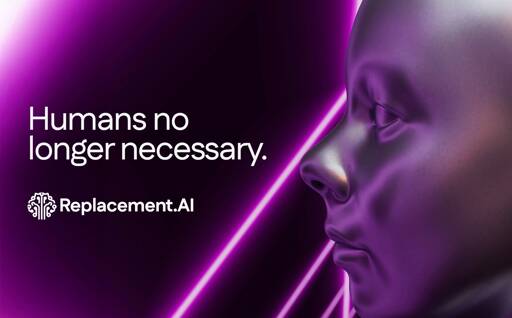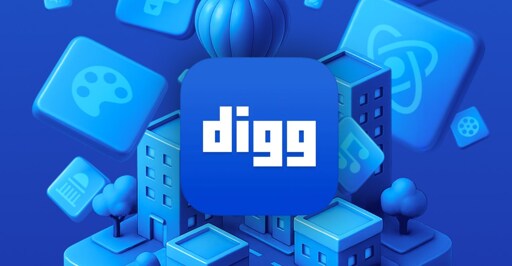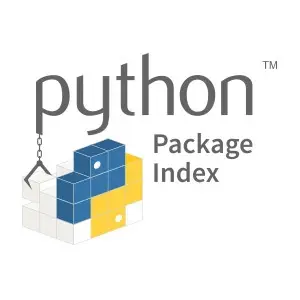- 9 Posts
- 127 Comments

 5·3 days ago
5·3 days ago

 1·11 days ago
1·11 days agoOK, just tried it with one of those old forms. Added a text field overlay and a signature. Even flattens before saving. Works great. Awesome, thanks!

 1·11 days ago
1·11 days agoWent to look up what XFA forms were (https://experienceleague.adobe.com/en/docs/experience-manager-learn/forms/document-services/pdf-forms-and-documents).
Most of the non-fillable forms I encounter are what that document lists as “Traditional” PDF forms, likely generated using older tools from print streams. For example, a school athletics release form, or a membership application for a small organization. None of them have any fillable PDF fields. The original expectation might have been to download and print out the PDF, hand-fill it, then fax the result back.
I’ll dig up a form like that I had to fill a few weeks ago and give it a try.

 541·11 days ago
541·11 days agoHe notes that LLM vendors have been training their models on Wikipedia content. But if the content contains incorrect information and citations, you get the sort of circular (incorrect) reference that leads to misinformation.
One irony, he says, is that LLM vendors are now willing to pay for training data unpolluted by the hallucinated output their own products generate.

 4·11 days ago
4·11 days agoThis looks great!
Can you use it to overlay text fields and fill them?
Most of my uses are basic. Like filling out a PDF form that doesn’t have proper form entry fields. These are usually older government or bureaucratic/healthcare/school forms.
I end up adding text boxes and entering values, or adding an X on top of a checkbox, adding a signature PNG file and scaling it to fit the size. Sometimes I have to add a highlight overlay. Then I save it all as a single flattened PDF file.
Amazingly, this is hard to do in Acrobat and a lot of apps. I end up using a janky, 10-yo desktop app that is no longer supported.

 451·20 days ago
451·20 days agoWhat MySpace and other social content networks taught us was that most of the value was when young people treated them as outlets for self-expression. That’s what made those places new and cool. Once the sites got corporatized, they gradually degraded into irrelevance.
Guess we’ll see.
- Ubuntu desktop - the whole shebang including office apps
- PiHole ad-blocker
- Jellyfin video server
- Minecraft server
- Local LLMs
- On-site VPN service
- Home Assistant smarthome controller
So many things, and much more…

 32·22 days ago
32·22 days agoThis is outstanding!
Not being based on “rengagement” or “monetization” means it’s purely interest-based, with a touch of serendipity.
One of BSKY’s distinctive features was to have “pluggable” algorithms. Fediverse would do well to support it so people who are not into the technical weeds could choose how their feed is curated.

 5·28 days ago
5·28 days agoCardinal rule of branding. Exposure is the name of the game. The more eyeballs see your thing, the better. As long as it’s not adjacent to bad things.
This could end really well, or really, badly, extremely not.
🍿

 1·1 month ago
1·1 month agodeleted by creator

 41·1 month ago
41·1 month agoMatter is supposed to solve this problem. Unfortunately, a lot of implementations still phone home, at least during provisioning.

 5·1 month ago
5·1 month agoFor a second I thought this was about forcing people to AI interact with the Start Menu.

 3·1 month ago
3·1 month agoThey write some of the best post-mortems out there. No “mistakes were made” nonsense.
We done f-ed up. Here’s how and why, and what we’re doing about it.

 1·1 month ago
1·1 month agoJust saw a new outdoor Wyze camera with a motorized head, small solar panel, SD-card, and wifi for around $80. If you figure out the server side, it might be a good hardware foundation.
Other option is a Pi-based camera.The server side would be easier to set up, but you would have to figure out power, enclosure, and weatherproofing.
Edit: this might allow access to the video stream: https://github.com/mrlt8/docker-wyze-bridge

 26·1 month ago
26·1 month agoSolving a non-existent problem. Excellent!

 3·1 month ago
3·1 month agoI challenged my family not to say WHAT! when reading that headline. So far, everyone’s failed (including myself).

 2·1 month ago
2·1 month agoThat is pretty evil.
Without signing attestation (both developer and code) there will be no way to find out who was responsible and stop the propagation. This will happen again.
Edit: there have been attempts like https://docs.npmjs.com/trusted-publishers, but that hasn’t fixed the problem.

 11·1 month ago
11·1 month agoWonder if this is going to turn into people cutting out catalytic converters, or stripping out copper wiring.
deleted by creator

 6·2 months ago
6·2 months agoOn a previous thread, someone pointed to https://sonoff.tech/en-us/products/sonoff-dongle-max-zigbee-thread-poe-dongle-dongle-m
Looks like it might support both.





